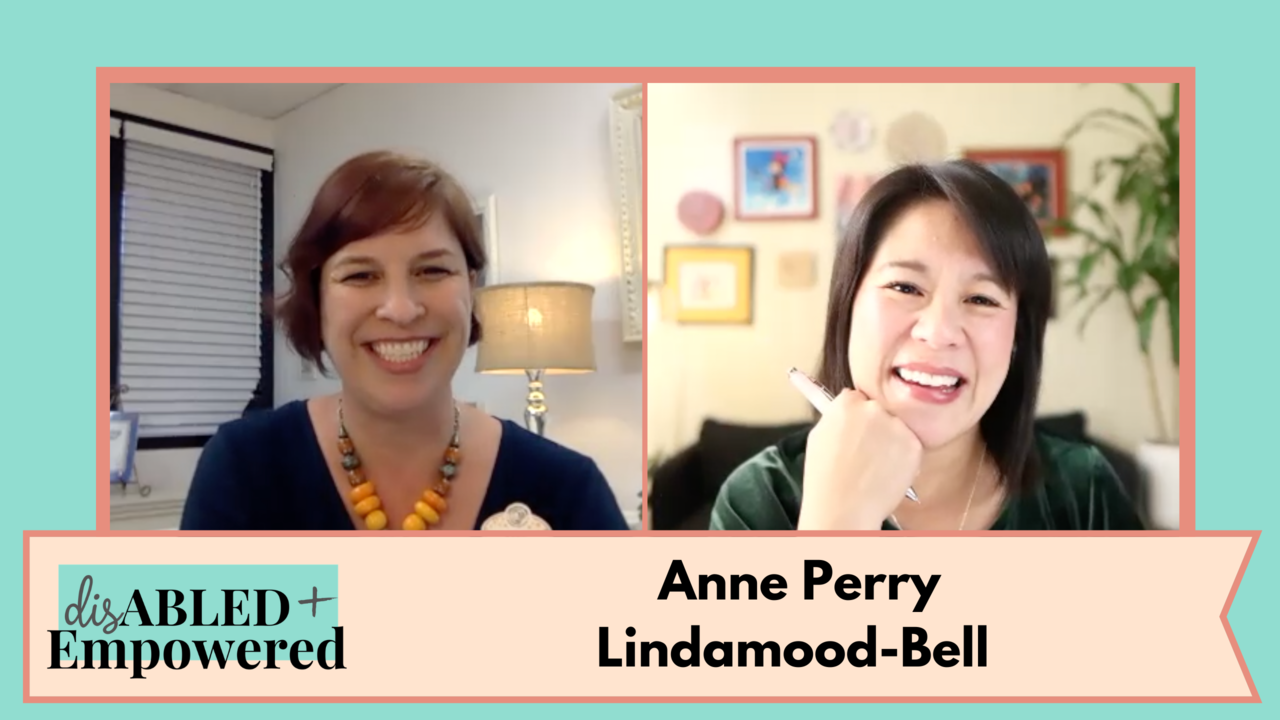How Does Reading Develop? Can Reading Problems be Treated? | An Interview with Anne Perry from Lindamood-Bell

Geeky magpie
In this week's interview, I had the privilege of interviewing Anne Perry, Center Director of Lindamood-Bell's (LMB) Pasadena learning center. A self-proclaimed lifelong educator and geeky magpie, Anne sees her role as making complicated things simple. She fulfills her promise as she spends time helping me better understand how reading develops, which I learned, is a complicated process.
How does reading develop?
It turns out that our reading skills start with hearing sounds in utero. These sounds, which are further explored through singing, talking, and playing with infants, set the foundation for our overall language acquisition. Sounds are the first component of reading.
Enter school. Now, sounds are paired with symbols (letters) and an old part of the brain that was once used primarily for survival is tasked with a new job...to read. Symbol imagery (holding an image in your mind) is paired with sounds with added rules (phonemic awareness). This abrupt change from playing with sounds to using them with visual conditions is no joke. It's no wonder why some kids struggle with "b" vs. "d" when sounding out "bed."
As children age, reading becomes more and more abstract with more and more demands on other cognitive resources (memory, inhibition, shifting, predicting, inferring). Reading comprehension is now required to fulfill the rising academic demands and just sounding out words isn't enough. Reading and language development are moving in tandem, where they are growing together and maybe even compensating for each other.
When things go awry
Many kids struggle with reading. Even my simplistic explanation of how reading develops is complicated and it's because there's a lot going on. It's no wonder kids who struggle with reading become anxious or have meltdowns in school. Can you imagine if you went to your job and were continually overwhelmed and confused by your primary job tasks? Would you want to go back?
With reading being a primary job task of children in school and adults in the real world, we all rely on reading to function. But, what if reading is hard...like really hard? What can someone do? Is there hope?
Lindamood-Bell has two evidence-based (aka. proven through science) reading intervention programs that help people read AND understand what they read. As a bonus, some also experience improvements in executive functioning and language development. Through intensive 1:1 intervention, Lindamood-Bell's programs reorganize neural pathways with positive repetitions. Through strengthening connections between symbol imagery and the other parts of the brain responsible for reading a language, the programs at LMB go beyond memorization. They reorganize the brain and use experiences to deepen comprehension.
You are not how you read
Anne is very adamant about this. Intelligence and reading are VERY different beasts. They are not the same. Anne personally observes bright, smart, and gifted individuals getting bamboozled by reading. AND, she knows that with some neuronal nudging, that reading can become functional and even...pleasurable.
If you want to know more about the nuances of reading development and be inspired by Anne's exceptional curiosity and optimism, check out our interview 👇🏼.
A BIG thanks to Anne for sharing her time, talent, and expertise!
